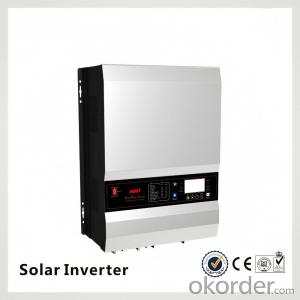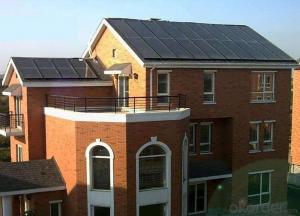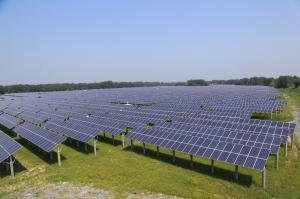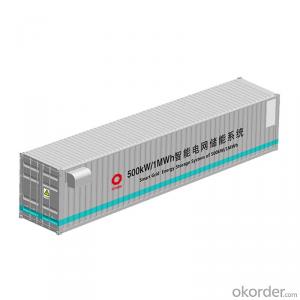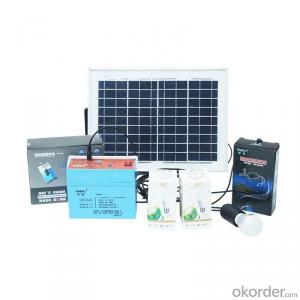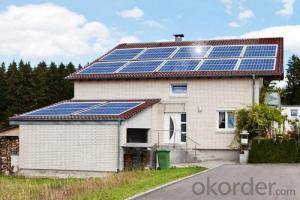Toshiba Solar Inverter
Toshiba Solar Inverter Related Searches
Mitsubishi Solar Inverter Japanese Solar Inverter Inverter Solar Solar Solar Inverter Tata Solar Inverter Solaris Solar Inverter Tesla Solar Inverter Tesla Inverter Solar Solar Inverter Inverter Samsung Solar Inverter Tesla Solar Power Inverter Taiwan Solar Inverter Solar Converter Inverter Sunshine Solar Inverter Panasonic Solar Inverter Ta Solar Inverter Power Inverter Solar Inverter Solar Inverter Solar Electric Inverter Inverter Hybrid Solar Solar To Inverter Inverter Solar Hybrid Solar Energy Inverter Sun Solar Inverter Solar Tech Inverter Solar Inverter Taiwan Bosch Solar Inverter Power Solar Inverter Solar Photovoltaic Inverter Microtek Solar InverterToshiba Solar Inverter Supplier & Manufacturer from China
Toshiba Solar Inverter is a high-quality product designed to optimize the performance of solar energy systems by converting the variable direct current (DC) output of solar panels into a stable alternating current (AC) that can be fed into the power grid or used by electrical appliances. This advanced technology ensures maximum efficiency and reliability, making it an essential component in harnessing solar energy.The Toshiba Solar Inverter is widely used in various applications, including residential, commercial, and industrial settings. It is particularly beneficial in areas with high solar irradiance, where the potential for generating clean and sustainable energy is significant. By integrating Toshiba Solar Inverters into solar power systems, users can take advantage of the numerous benefits offered by solar energy, such as reduced electricity bills, lower carbon emissions, and increased energy independence.
Okorder.com is a reputable wholesale supplier that offers a vast inventory of Toshiba Solar Inverters, catering to the needs of customers worldwide. With a strong commitment to quality and customer satisfaction, Okorder.com ensures that each Toshiba Solar Inverter is thoroughly tested and meets the highest industry standards. By partnering with Okorder.com, customers can enjoy competitive pricing, fast shipping, and exceptional service, making the process of acquiring Toshiba Solar Inverters both convenient and hassle-free.





















